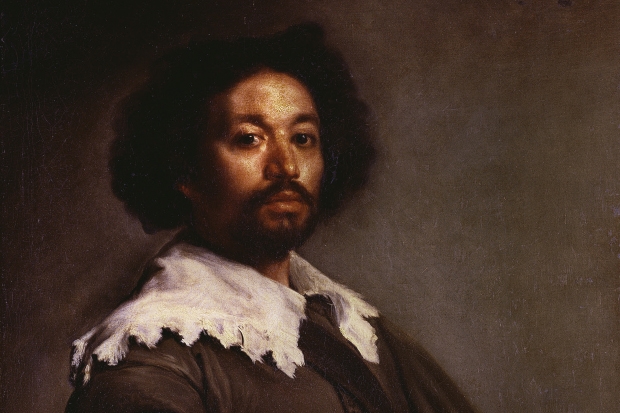This is an extraordinary story. In 1845 John Snare, an unremarkable Reading bookseller, goes to an auction in a defunct boarding school where he buys, for £8, a painting catalogued as a half-length portrait of Charles I, ‘supposed’ to be by Van Dyck. In mid-19th century Britain a Van Dyck is a known and immensely desirable object, but from the outset Snare thinks that he has found a painting by Diego Velázquez, whose work is, by comparison, little known at the time here. He thinks he has, in fact, found the ‘lost Velázquez’, painted in Madrid in 1623 when the 22-year-old Prince Charles travelled incognito to Spain to seek a marriage alliance with Philip IV’s younger sister, Maria Anna.
Though even the existence of the portrait is only known from a couple of references, and Snare himself is no more than an ingénue in the ruthless and snobbish world of 19th-century connoisseurship, he doggedly runs to earth every scrap of evidence to establish the painting’s provenance and authenticity. His enquiries are exhaustive — at one point he tracks down a relevant entry on a page of an account book that has been sold as scrap paper to a cheesemonger. He publishes his findings and shows the painting in public to a largely convinced audience and a gratifyingly sympathetic press. He takes it to Edinburgh and is set to repeat his success.
Here, instead, disaster overtakes him and Snare’s careful construction comes crashing down about his ears. This is too good a story to reveal what happens next, but the tale is cleverly told, interweaving what Snare knew with what we now know, pointing up the enormous gulf in resources and methods that separates 19th-century scholarship from the world of the internet, X-rays and infrared spectroscopy.
Laura Cumming has dragged John Snare out of oblivion and with great sympathy shone a light on the monomania that for a brief moment made him a person of note. Snare, though, is only a part of the story, because this is, above all, a book about the emotional impact of great art. Cumming shares Snare’s passion for Velázquez and writes wonderfully well of the brilliance and mystery of the artist’s technique, of the matchless way in which the thinnest layers of paint can convey shape, body and expression. Her exuberant prose and unashamed insistence on the primacy of looking and feeling rather than dissecting and cataloguing is a refreshing change in a discipline not known for its spontaneity or wit. A celebration of the portrait, painted in Rome, of Velázquez’s Moorish assistant, Juan de Pareja, for instance, hones in on the sitter’s collar, a glorious lace affair that would surely have fallen foul of Spain’s sumptuary laws, and of the grey velvet costume, painted ‘with a few gliding marks, and where the clothing wears thin, so does the paint. He doesn’t trouble to number the buttons, which simply tail off like elliptical dots ….’
Here is an approach that will speak to anyone who has stood in the Prado transfixed by Velázquez’s ‘Las Meninas’, astonished by the bravura of dashes and dabs that resolve at a distance into silk and silver, and moved to tears by the biography in paint that charts the downward trajectory in the fortunes of the Spanish King. Such visceral reactions to Velázquez are at the heart of The Vanishing Man. Although little is known of the private individual, Cumming succeeds in conjuring a deeply humane figure from the evidence of his painting, finding compassion and gravitas in portraits of dwarves, ‘jesters’ and functionaries where previous interpreters have found lofty disdain.
This terrific book is many things, a study in obsession, a paean of praise to an artist of genius, a detective story and, for the author, an exorcism of grief. Writing like Helen Macdonald in H is for Hawk, in the wake of the death of her father, Cumming pours heart and soul into The Vanishing Man and she has produced something of which her artist father, James Cumming, would be more than proud.
Available from the Spectator Bookshop, £15.99 Tel: 08430 600033






Comments